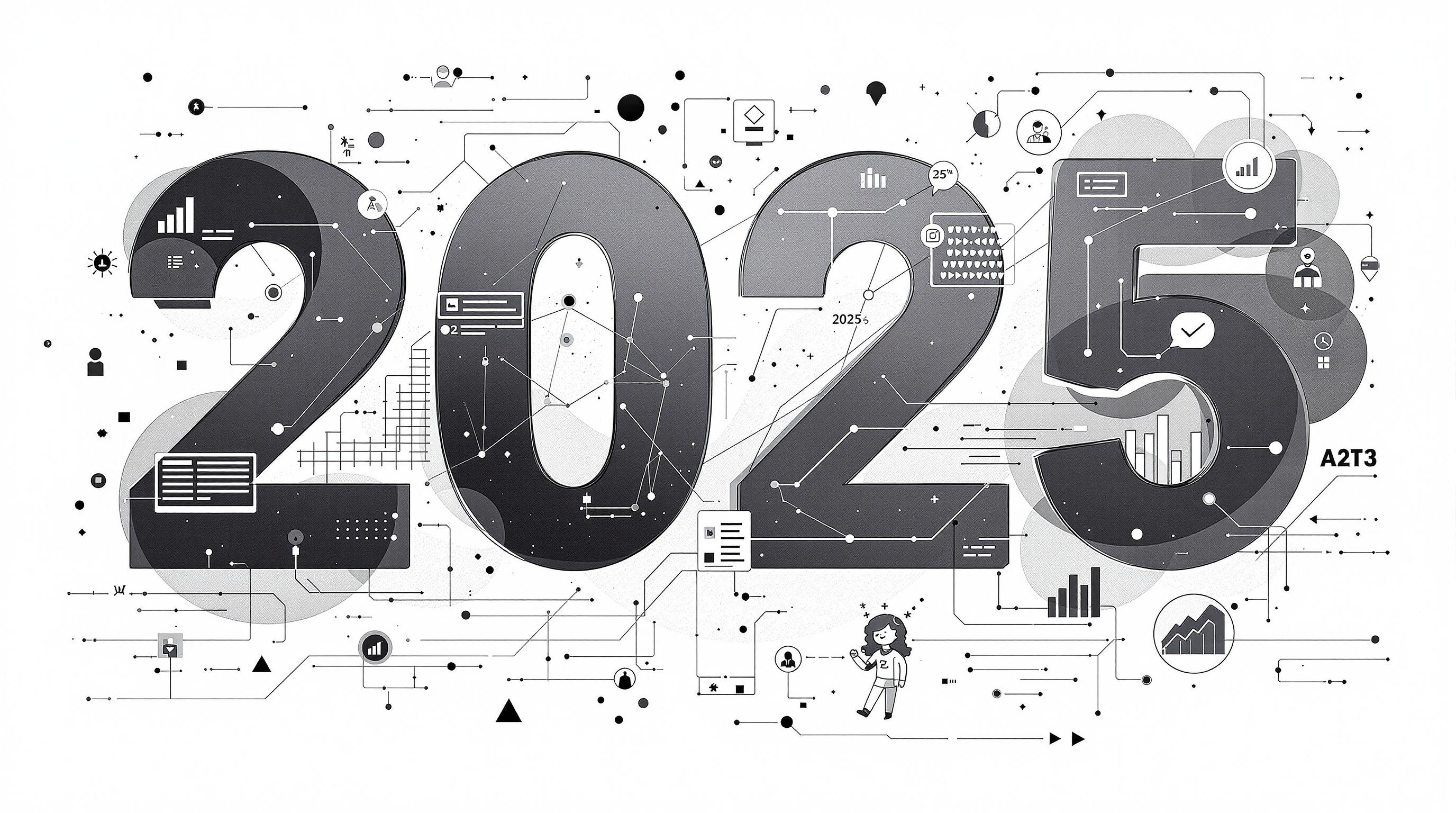AI helps marketers spot unusual changes in data - like sudden spikes in customer acquisition costs (CAC) or unexpected drops in revenue - by analyzing patterns in real time. This allows businesses to act quickly, avoid mistakes, and find new growth opportunities.
Key Takeaways:
- AI detects anomalies in key metrics like CAC and Lifetime Value (LTV) by comparing real-time data with historical trends.
- It distinguishes between normal changes (e.g., seasonal trends) and actual problems or opportunities.
- Businesses using AI have reported up to 35% revenue growth in six months and a 46% reduction in CAC.
How to Get Started:
- Clean and organize your marketing data.
- Choose an AI model suited for your data and goals.
- Set up dashboards for real-time anomaly tracking.
- Validate findings and adjust campaigns based on insights.
AI simplifies anomaly detection, helping you save time, reduce costs, and make better decisions. Use it to monitor performance, reallocate budgets, and optimize strategies effectively.
How to find anomalies in store sales data and make it an AI ...
Types of Marketing Data Anomalies
Now that we've discussed what anomalies are and why they matter, let's dive into the specific types you might encounter.
Key Marketing Metric Anomalies
These anomalies show up in metrics like Customer Acquisition Cost (CAC) and Lifetime Value (LTV). AI identifies these irregularities by analyzing historical data to establish baselines. When current data deviates from these baselines, it flags potential issues.
Normal vs. Abnormal Data Patterns
Not all data shifts are problematic. Some, like seasonal trends or spikes during promotions, are expected. The challenge lies in distinguishing these predictable changes from genuine anomalies. AI simplifies this by comparing new data against historical patterns and market conditions. This helps marketers zero in on problems that need immediate attention.
Impact of Different Anomaly Types
Different anomalies have different consequences. For example, broken attribution can disrupt team workflows and drain budgets, while sudden data shifts might signal either a major opportunity or a looming crisis. One SaaS company saw an 80% improvement in data access speed after adopting AI-driven anomaly detection. Addressing each anomaly type in the right way ensures quick and effective action.
Setting Up AI Anomaly Detection
To detect anomalies effectively, you’ll need to follow these key steps for setting up AI tools.
Preparing Your Data
Start by organizing and cleaning your marketing data. Remove duplicates, standardize formats, and ensure consistent naming conventions. Set clear baseline metrics, like Customer Acquisition Cost (CAC) and Lifetime Value (LTV), to use as reference points.
Choosing and Configuring the AI Model
Pick an anomaly detection algorithm that fits your data and needs. Train it using your cleaned historical data. When choosing a model, think about factors like how much data you have and whether you need real-time or batch processing. Adjust thresholds carefully to avoid too many false positives or missing actual issues.
Monitoring and Analyzing Results
Set up dashboards and automated alerts to track anomalies in real time. Tools like Experiment Driven’s dashboards combine internal and external data, helping you spot deviations without missing important details.
sbb-itb-d4df0e6
Managing Detected Anomalies
Once you've set up AI monitoring, it's time to validate and respond to any anomalies that are flagged.
Verifying Anomaly Findings
When your dashboards highlight unusual activity, take a moment to confirm the findings before taking action. Break down the data by cohort or channel, and use A/B testing with control groups to measure the impact on key metrics like conversion rates or customer lifetime value (LTV). This ensures you're acting on reliable insights.
Recording and Analyzing Anomalies
Keep a detailed log of every anomaly. Include the date, the metrics affected, the steps you took to verify it, the actions implemented, and the outcomes. Use this log to track how interventions influence your metrics over time, directly from your dashboards.
Updating Campaigns Based on Findings
Use verified anomalies to fine-tune your strategies:
- Reallocate budgets based on real-time data
- Experiment with new creative approaches tailored to specific channels
- Sharpen audience targeting with predictive insights
Make sure your marketing, sales, and product teams are on the same page with these updates to maintain consistent progress. Coordination is key to turning insights into results.
Common Issues and Solutions
When updating campaigns, you might face some hurdles. Addressing these early can save time and improve results.
Implementation Challenges
Problems like fragmented data, disconnected sources, and unclear goals can make it hard to measure marketing performance. To tackle this, combine your internal metrics with external market insights. For example, compare your Customer Acquisition Cost (CAC) against industry benchmarks to identify real issues.
Combining AI and Human Analysis
AI is great at spotting patterns quickly, but human input adds essential context. Together, they help confirm anomalies and ensure actions align with your business goals.
Here’s how to make it work:
- Focus on a core metric: Get everyone on the same page by choosing one key metric to monitor.
- Set up regular reviews: Schedule consistent check-ins to evaluate anomalies and refine strategies.
Use your current dashboards and logs to apply these methods effectively.
AI Model Types Comparison
The type of AI model you choose depends on your data and timing needs. For unlabeled data, unsupervised models work well. If you need instant alerts, go with real-time algorithms. Make sure to store results in a central location to easily track return on investment (ROI).
Conclusion
AI's role in anomaly detection brings several key benefits to the table, especially when it comes to improving efficiency and decision-making.
Key Benefits
AI-powered anomaly detection offers real-time monitoring across multiple channels, helping eliminate blind spots in your data. This minimizes wasted ad spend by automating analysis and quickly identifying issues. On top of that, it provides forecasted revenue and lifetime value (LTV) insights, enabling smarter budget allocation.
With tools like Experiment Driven's real-time AI dashboards, teams can make faster decisions, gain clearer insights, and work more cohesively.
How to Get Started
To implement anomaly detection effectively, focus on these steps:
- Integrate both internal and external data sources to ensure comprehensive analysis.
- Define and monitor key metrics using live dashboards for up-to-date insights.
- Continuously test and validate findings to refine strategies and improve campaign performance.

